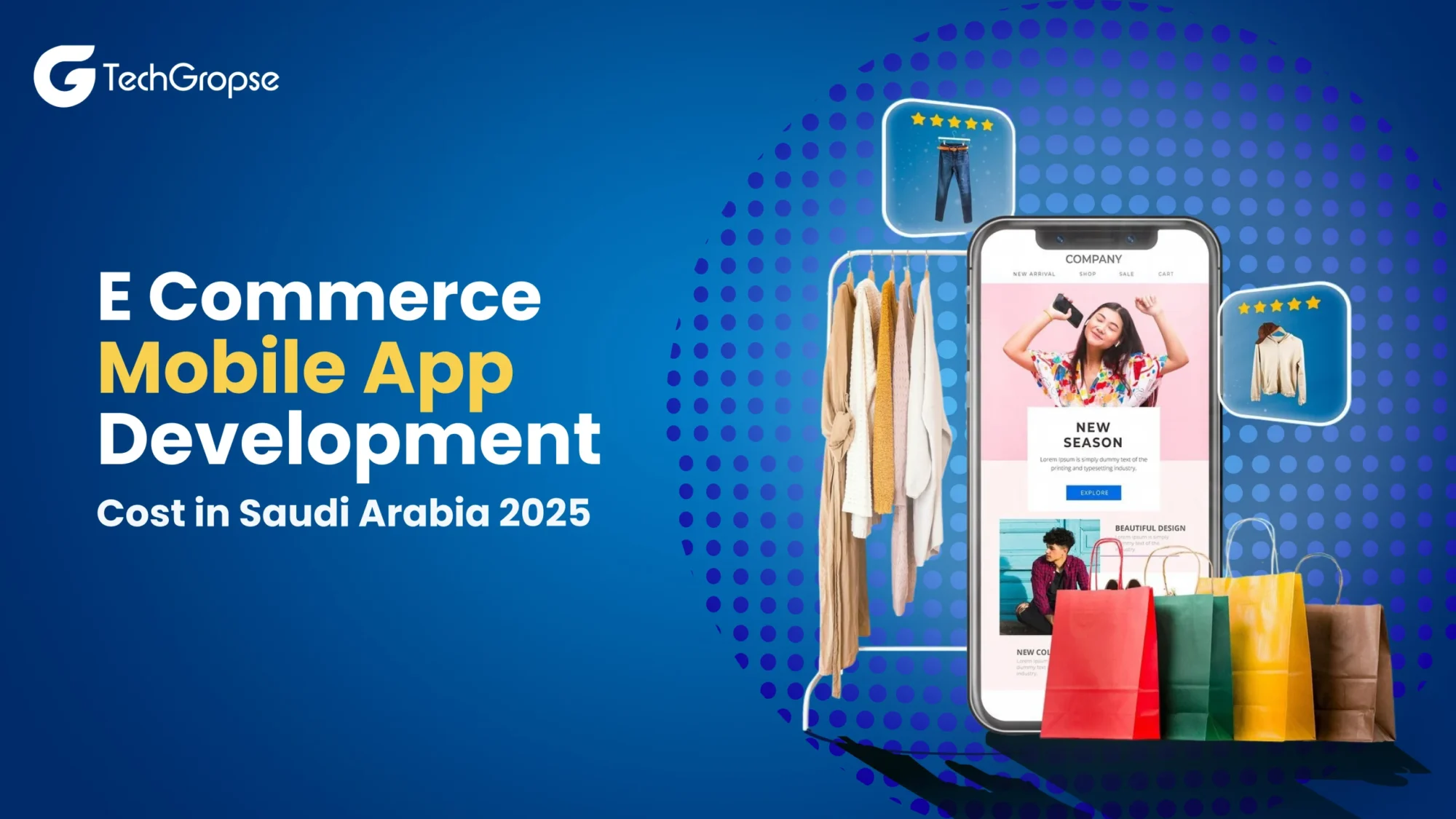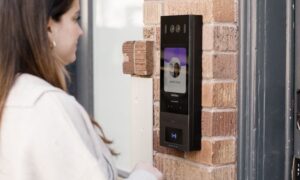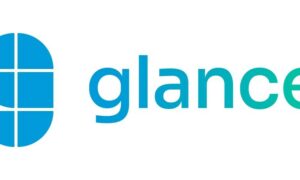Healthcare in Saudi Arabia is changing dramatically, and the changes promise better outcomes for everyone. Vision 2030 pushes the Kingdom’s HealthTech industry beyond simple growth—it’s completely reshaping how medicine works here. Instead of waiting for people to get sick, we’re moving toward preventing illness and personalizing treatment. What’s driving this massive shift? Technology small enough to wear on your wrist but sophisticated enough to revolutionize entire healthcare systems.
Saudi business leaders and tech entrepreneurs running health organizations know that this goes beyond temporary trends. This represents an essential strategy for staying competitive. The real question isn’t whether wearable technology deserves investment—it’s how to implement it successfully. Creating wearable applications involves complicated processes with huge potential rewards alongside serious risks. Success usually requires partnering with a wearable app development company that masters both technical challenges and Saudi market dynamics specifically.
This guide serves as your strategic roadmap for 2025, explaining exactly how to build wearable apps that don’t just work technically but actually succeed commercially in the Kingdom.
Beyond the Fad: The Strategic Value of Wearable Tech in Saudi Health
Let’s cut through the hype: we’re discussing sophisticated medical tools, not fancy step counters. HealthTech professionals understand that wearable devices function as powerful data pipelines, creating direct, real-time connections to patient health status. These represent frontline technology in preventative and personalized medicine.
What concrete benefits should you expect from properly developed wearable applications?
- Proactive Chronic Disease Management: Picture diabetic patients whose glucose gets monitored constantly, with automatic alerts reaching both patient and physician when readings become worrisome. Consider hypertensive patients whose devices track blood pressure patterns, enabling lifestyle and medication modifications before dangerous events develop. Continuous monitoring delivers this capability.
- Valuable Actionable Data Collection: Wearables gather extensive information—heart rate variability, sleep quality, activity patterns, plus additional metrics. Proper analysis gives clinicians comprehensive patient health perspectives that surpass brief office visits significantly. This enables evidence-based decisions and truly individualized treatment approaches.
- Patient Empowerment and Engagement Enhancement: People who access their personal health information become active wellness journey participants. Smart app design can gamify fitness objectives, deliver educational materials, and strengthen patient-provider relationships, resulting in improved compliance and better medical outcomes.
- Clinical Workflow Optimization: Automated data collection through wearables saves precious clinical time and resources. These systems reduce unnecessary in-person appointments, enable effective remote patient monitoring capabilities, and integrate smoothly with existing Electronic Health Record platforms, simplifying daily operations for medical teams.
Mapping Your Journey: The Path to a Successful Wearable App
Building wearable apps requires systematic planning. Multiple development stages demand strategic choices that create lasting consequences for your project’s success.
- Foundation Work: Strategy and Initial Planning
- Identify Your Core Purpose: What exact problem gets solved here? Are you targeting surgical recovery, general fitness, specific chronic diseases, or workplace wellness programs? Sharp focus matters enormously.
- Understand Your Users: Who actually uses this product? Patients, doctors, fitness enthusiasts? Their technical comfort levels and specific requirements will determine interface design and overall user experience approaches.
- Regulatory Compliance Planning: The Saudi Data and AI Authority, plus the National Data Management Office, enforce strict regulations. Data privacy and security represent mandatory requirements, not optional features. Compliance planning starts immediately, not later.
- Development Blueprint: Platform Selection and Feature Planning
- Device Target Selection: Which wearables will you support? Apple Watch running watchOS, Samsung Galaxy Watch using Wear OS, or specialized medical-grade hardware? Your audience’s device preferences directly influence this critical decision.
- Essential Feature Development: Begin with core functionality only. What minimum viable product actually delivers meaningful value? Consider real-time health data tracking, user profile management, and basic notification systems.
- Advanced Feature Integration: Eventually, layer sophisticated capabilities like AI-powered health insights, telehealth platform integration, comprehensive clinical reporting dashboards, and engaging gamification elements.
- Technical Infrastructure: Data Management, Security, and System Integration
- Backend Security Architecture: This represents your operation’s central nervous system. Wearable device data requires secure transmission, storage, and processing protocols throughout the entire pipeline.
- Hospital System Integration: Clinical applications demand seamless connectivity with existing Hospital Information Systems or Electronic Health Record platforms. This ensures critical health data reaches appropriate medical personnel efficiently.
- Analytics and AI Implementation: Real innovation happens through intelligent data analysis. Machine learning algorithms can predict health risks accurately, identify concerning trends early, and generate insights that manual review cannot possibly detect.
The Investment Question: Budgeting for Your Wearable App
Let’s discuss actual costs here. Wearable app development expenses fluctuate dramatically depending on what you’re building. Finding the cheapest developer misses the point—you want maximum return on investment for your specific business objectives. Here’s realistic Saudi Riyal pricing:
- Basic MVP Version: Approximately 112,500 – 300,000 SAR
This budget covers solid single-platform applications (like Apple Watch only). You get essential features that solve one main problem and test your concept with actual users. Perfect for gathering initial feedback and proving market demand exists.
- Complete Featured Application: Approximately 300,000 – 950,000 SAR
This range supports more sophisticated products entirely. Expect cross-platform compatibility (iOS and Android wearables), expanded feature sets, advanced data analytics, custom interface design, and third-party service integrations.
- Enterprise-Level Solution: Approximately 950,000 – 1,500,000+ SAR
Top-tier pricing covers complex, business-critical applications exclusively. This investment funds advanced AI and machine learning capabilities, robust, scalable backend infrastructure managing massive data volumes, premium security protocols, and seamless enterprise system integration.
Strategic Synergy: Why a Partner is Your Greatest Asset
Pricing matters, but proper execution actually determines whether your app succeeds or fails completely. In-house development teams offer certain advantages, yet wearable app creation presents unique technical hurdles—device compatibility issues, strict health data compliance requirements—that demand specialized knowledge. Finding the right development partner changes everything fundamentally.
Selecting an appropriate company for wearable app development services goes beyond simple project outsourcing—you’re acquiring strategic partnerships that fast-track market entry timelines. These teams possess extensive experience solving identical technical problems previously. They understand Bluetooth Low Energy connectivity complexities, battery life optimization techniques, and designing usable interfaces for extremely small screens. Most importantly, they know Saudi users personally.
Generic developers can create functional applications, but a specialized mobile app development company in Saudi Arabia can help you out in delivering crucial insights about local user behavior patterns, cultural expectations, and Kingdom-specific regulatory requirements. This regional expertise often separates apps that technically work from apps that Saudi users download, use regularly, and recommend to friends and family members.
2025 and Beyond: The Future is on Your Wrist
Where wearable technology is headed seems pretty obvious now. These devices are quickly moving beyond fitness gadgets to become legitimate medical instruments. Saudi Arabia is building toward a future where wearables predict health problems before they happen, connect directly with government health systems, and actually prevent diseases instead of just treating them afterward.
HealthTech executives need to move fast on this opportunity. You can improve patient outcomes and streamline operations while establishing your organization as a medical innovation leader throughout the Kingdom.
Building successful wearable applications takes sustained effort over months, not quick development sprints. You need clear goals, deep user knowledge, and smart technology investment strategies. Focus on creating genuine value for users and partner with development teams who understand both technical requirements and Saudi market realities. When done right, wearable technology can unlock massive opportunities and help build healthier communities across Saudi Arabia.
Frequently Asked Questions (FAQs)
- What Specific Qualities Should We Look for in a Development Partner for the Saudi Market?
- Technical skills alone won’t cut it here. Your development partner needs genuine expertise in HealthTech plus deep Saudi market knowledge. They should understand regulatory requirements completely, including SDAIA and NDMO data compliance rules. You want strategic advisors, not just programmers who follow instructions.
During partner evaluations, ask specific questions about their healthcare data security experience and EHR integration track record. Quality mobile app development companies in Saudi Arabia showcase portfolios proving they handle local regulatory complexities successfully, delivering apps that work technically while respecting cultural expectations and meeting legal requirements simultaneously.
- How Can We Justify the Investment in a Wearable App and Ensure a Positive ROI?
- Wearable app ROI extends far beyond simple revenue calculations. Real returns show up strategically and operationally. Measure success through:
- Better Patient Results: Track fewer hospital readmissions, improved medication compliance, and more effective chronic disease control outcomes.
- Streamlined Operations: Calculate time and cost savings from automated health data gathering, plus reduced routine appointment scheduling needs.
- Stronger Brand Recognition: Establish your organization as a HealthTech innovation leader, attracting skilled professionals and expanding your patient community reach.
Success requires defining these measurement criteria before development starts, enabling accurate ROI tracking throughout your project timeline.
- What’s the Most Critical First Step Before We Start Development?
- Start by identifying one specific problem worth solving. Before considering any features, answer this question precisely: “Who exactly will use our app, and what’s their biggest challenge we can actually fix?” Vague objectives like “improving wellness” create unfocused, bloated applications. Specific targets like “supporting post-cardiac surgery patients during their initial 90-day recovery period” provide clear direction for building valuable, successful Minimum Viable Products that users genuinely need.



































